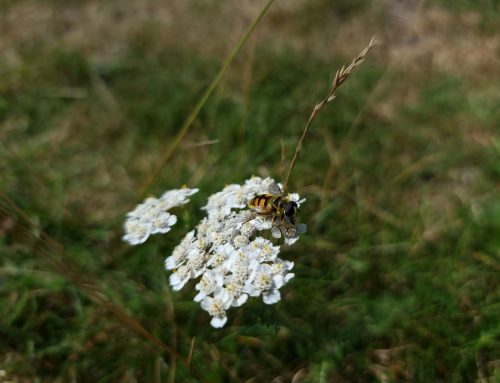The National Trust has created a map on how climate change will affect British properties and landscapes.
Highlighting how extreme heat, humidity and landslides will impact the UK environment, the new map is important to emphasise which areas are likely to be worst affected and why the government must lower our carbon emissions.
The map is based on a “worst-case scenario” and reveals the number of National Trust sites in areas at the highest threat level.
“This map is a game-changer in how we face the threat climate change poses to the places we care for,” said National Trust director for land and nature, Harry Bowell. “While the data draws on a worst-case scenario, the map paints a stark picture of what we have to prepare for. But by acting now, and working with nature, we can adapt to many of these risks.”
According to the “worst-case scenario”, high heat would hit the south-east of England, with a third of National Trust sites in the region experiencing at least 15 days above 30C (86F) a year. In addition, Coastal erosion and flooding will increase in Northern Ireland.
Staff at the charity are already working hard to take action with the rising temperatures. Staff at Ham House in London are growing heat-tolerant plants, trees are being planted on moorland at Lyme Park in Cheshire to slow the flow of water and reduce flooding, and teams are planting trees and using specific plants to manage the water table in Malham Tarn.








Leave A Comment